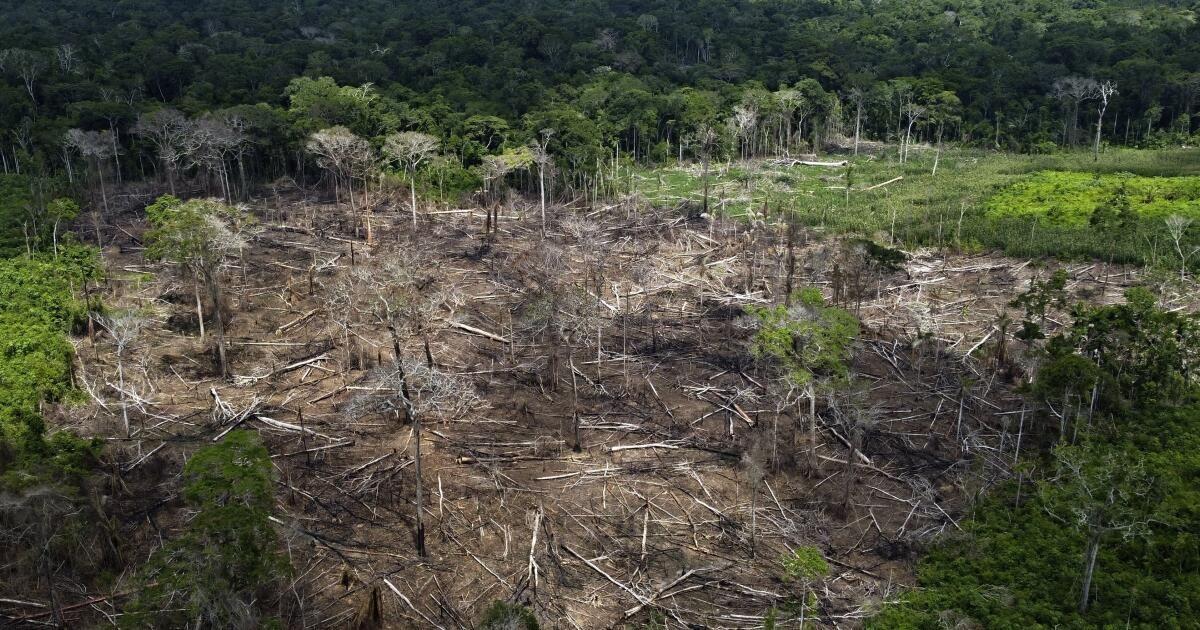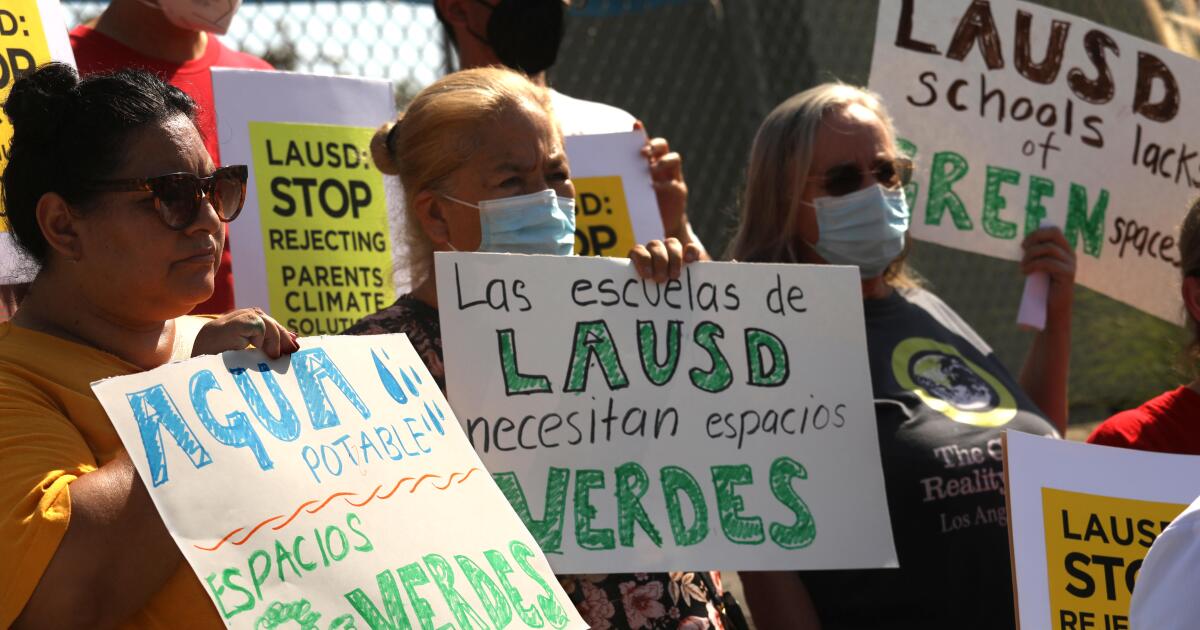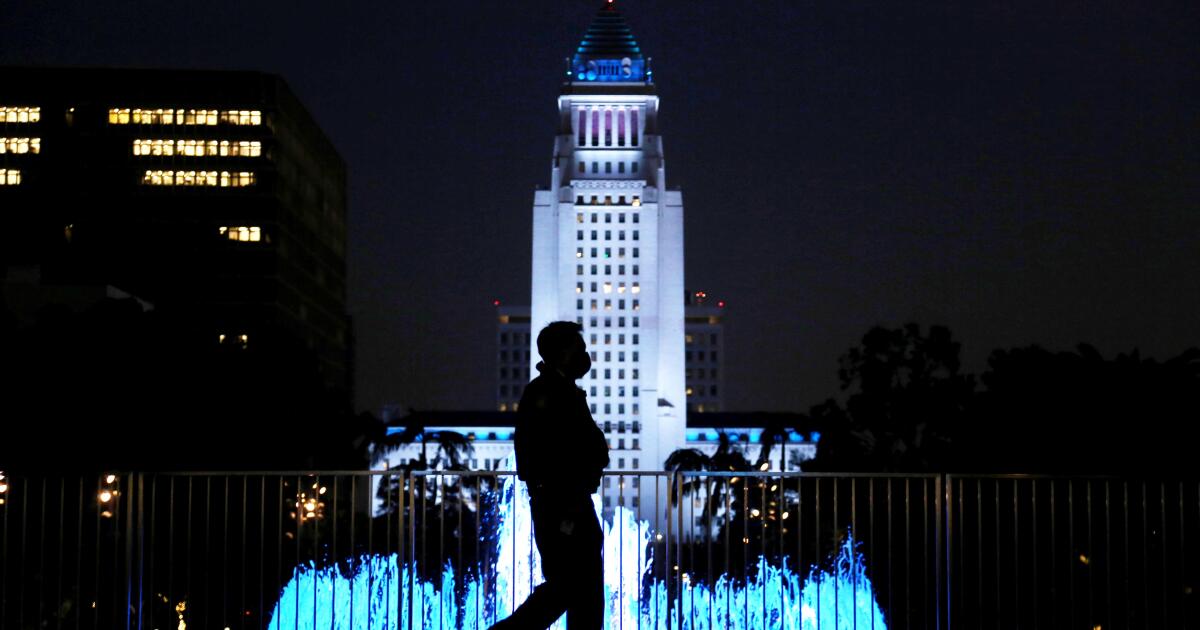Next to my childhood home, there is a forest. For a long time I thought it was a stretch to call it that, even though a sign next to an attractive little gap in the beech and maple wall said otherwise. It covers no more than 20 acres. A city bus runs along its western end.
However, as the years passed, my perspective changed. As the neighborhood grew, and each fall tore down the gold and crimson canopy, revealing a wiry understory, that humble patch of trees remained. It had a certain magic: that of permanence. I imagine that when most people think of forests, they evoke a similar sense of eternity: the ability to endure an ever-changing world.
But sadly, it turns out that the permanence of this small forest on the outskirts of Toronto is not the story of most trees.
Our forests are disappearing. According to a recent report According to the World Wildlife Fund, 6.6 million hectares of forest will be lost in 2022. It’s a mind-boggling statistic, especially because It represents 21% more forest cover was lost that year than should have been lost to keep pace and end deforestation by 2030: a promise of the United Nations climate conference 2021 (COP26)) in Glasgow, Scotland. At last year’s COP28 in Dubai, world leaders renewed their commitment to reversing deforestation.
However, forests continue to be cut down at a dizzying rate. In 2022, the world lost more than 11 football fields of tropical forest per minute.
Environmental crises are an abstraction for many people, and so can their repercussions. But I’m an infectious disease doctor, and my first instinct when I look at a forest is to see it through the lens of a microbe. Microbes can bring diseases to humans, and that is why the World Health Organization has applied a philosophy to them called a health. Simply put, it is the belief that the fitness of humans, animals and the environment are the same, inextricably linked.
Trees play a critical role: clearing a forest can push forest-dwelling animals into human environments, sometimes bringing a pathogen with them. That chain of events has been linked to Ebola outbreaks in central and western Africa and the rebound of lime disease in the northeastern United States. And it also harms animals: in the subtropics of Australia, where the forests are cut down happilybat experience deep stress of human-induced land change. They are stripped of access to the diet of their native habitats and, in a state of nutritional deprivation, are known to shed greater amounts of the Hendra virus — which can be transmitted to horses and then to humans, with high fatality rates.
After the loss of a forest, it is not just what is added to our lives that can pose a problem. It is also what is removed. Forests have traditionally functioned as “carbon sinks.” Trees on Earth absorb more than 7 billion metric tons of carbon dioxide, about one-fifth of what trees on Earth absorb. The world comes out into its atmosphere. – and release it as oxygen or bind it to the sugars that make up its roots, branches and leaves. Cutting down a forest opens this carbon vault. Some parts of the Amazon are so devastated that they have become carbon sources – absorbing more carbon than they absorb. About 12% of global greenhouse gas emissions that warm the planet are estimated to come from deforestation.
Then there is evidence to show the extent to which forests influence our mental health. Worse air quality, a byproduct of deforestation, is bound to higher rates of depression and anxiety. On the contrary, investigation has found that the more forested a country’s landmass is, the lower the prevalence of mental health disorders. In the 1980s, Japan even pioneered a form of tree therapy:hinrin-yoku, Also known as “forest bathing,” it seeks to harness the psychologically restorative effects of being outdoors. The practice has become quite popular in californiaand here in Canada some doctors prescribe it.
So what can be done? Saving the world’s forests requires understanding the cultural and economic motivations that destroy them in the first place.
Some solutions must be located in the millions of people that still sustain themselves in the forests. In Borneo, for example, some indigenous communities with few economic options turn to illegal logging to make ends meet. But the researchers found that subsidize a local clinic Making healthcare more affordable and accessible reduced this problem. In some communities that depend on logging, forestry charities such as Alam Sehat Lestari buy chainsaws in exchange for an interest-free loan and support to switch to more environmentally sustainable businesses, such as beekeeping or fishing.
Ultimately, however, three quarters of global deforestation is driven by agriculture, a reality that requires ambitious legislation. The European Union regulation on deforestation-free supply chains imposes trade embargoes on products such as palm oil, livestock and soybeans, which are often produced on illegally deforested lands, and in the United States, the FOREST Act is a bipartisan bill that would take a similar approach. Brazil has already shown promise in curbing the trend of deforestation.
It’s pretty easy for leaders to make promises. What remains to be seen is whether they will be able to see the forest from the trees and bring about real change rather than an empty promise.
Arjun VK Sharma is a doctor and writer. @ArjunVKSharmaMD












